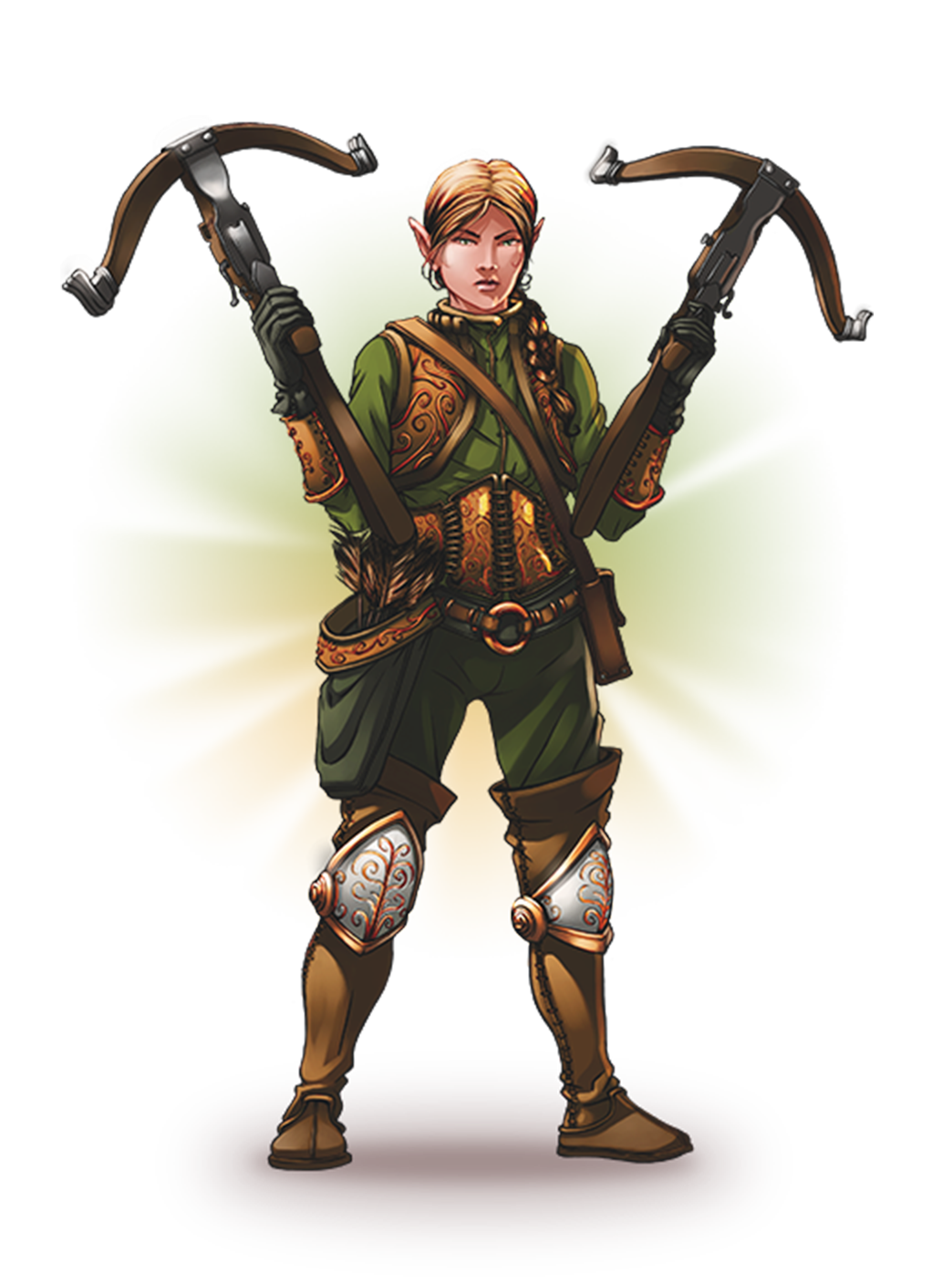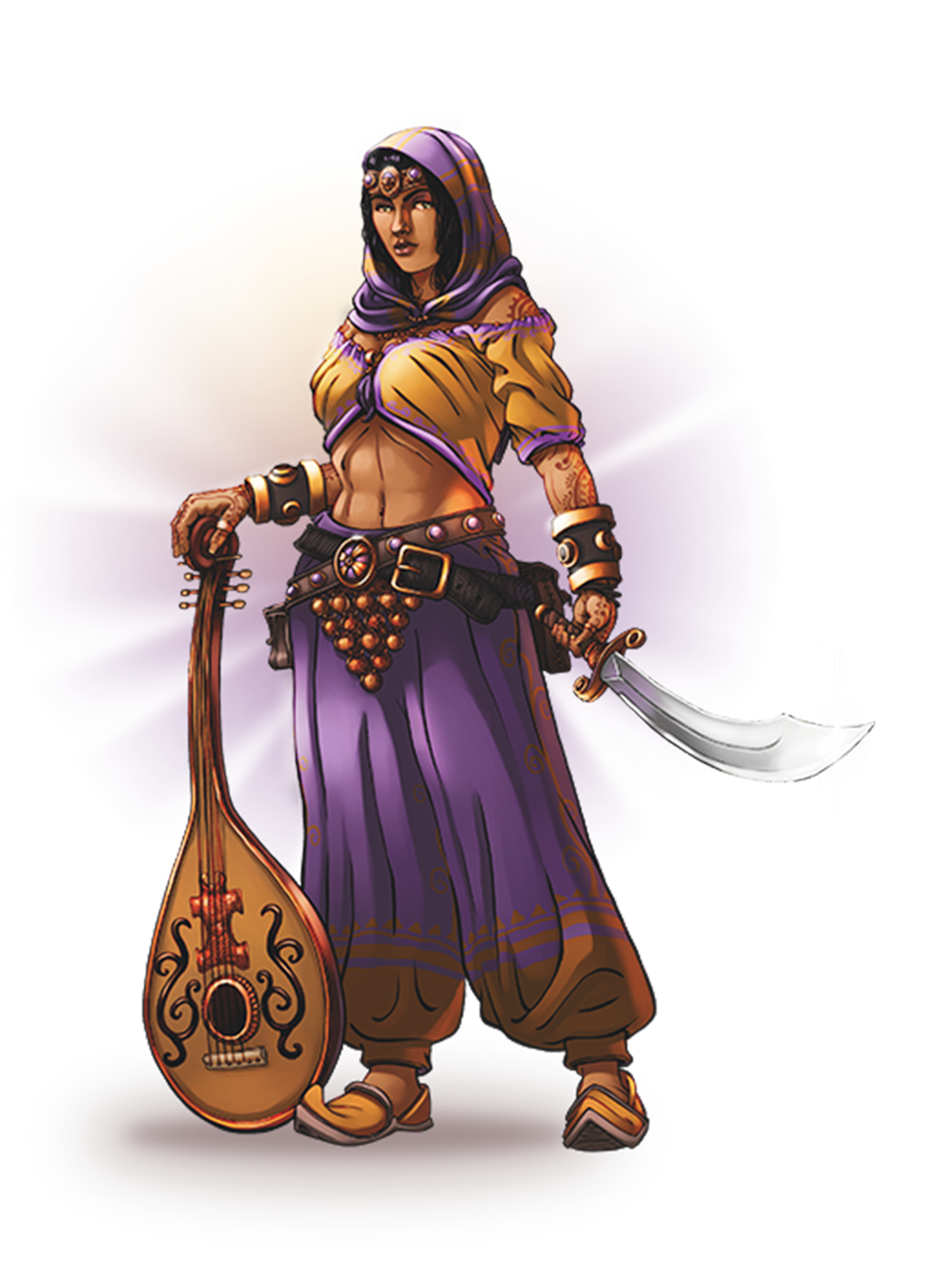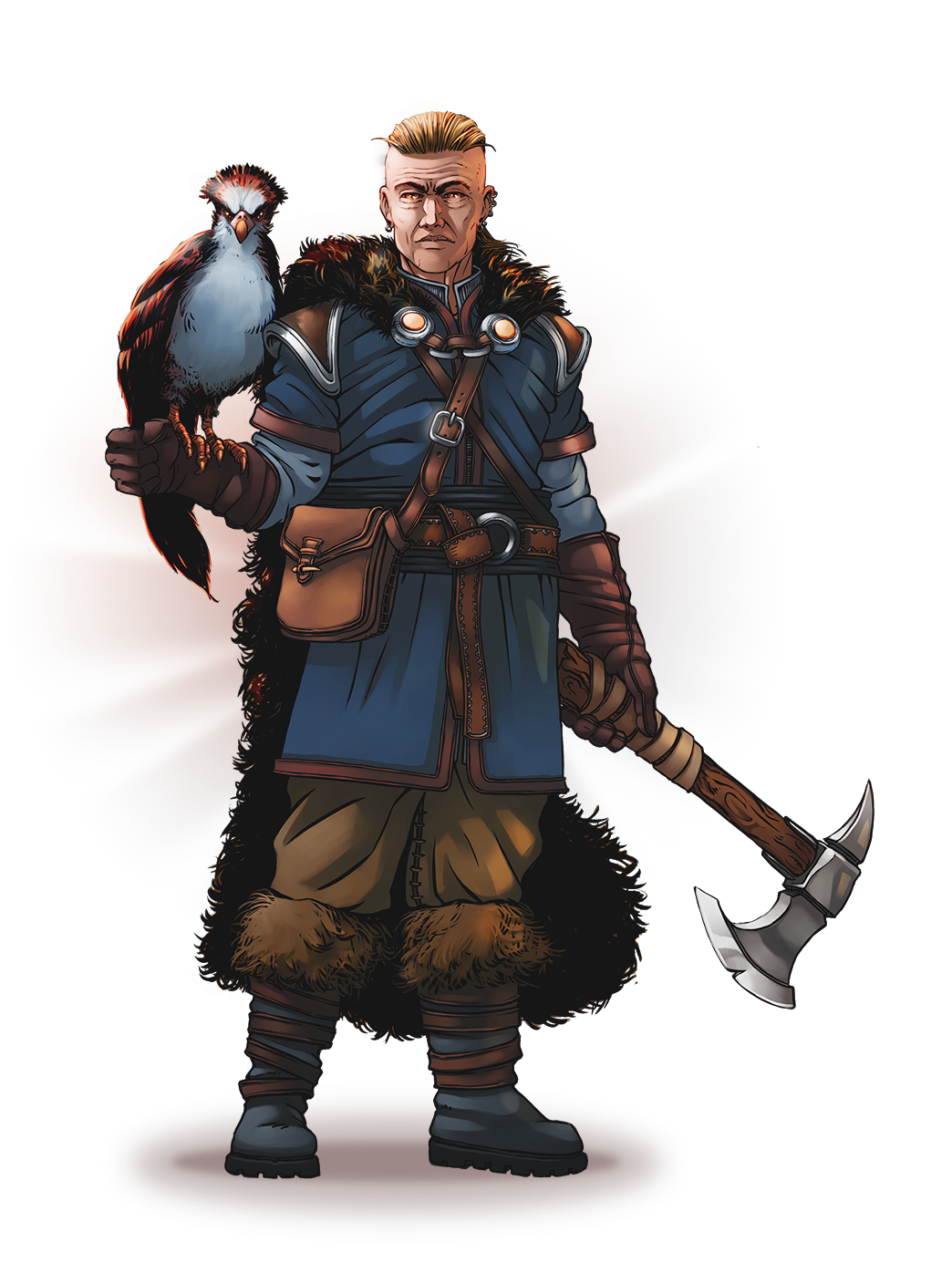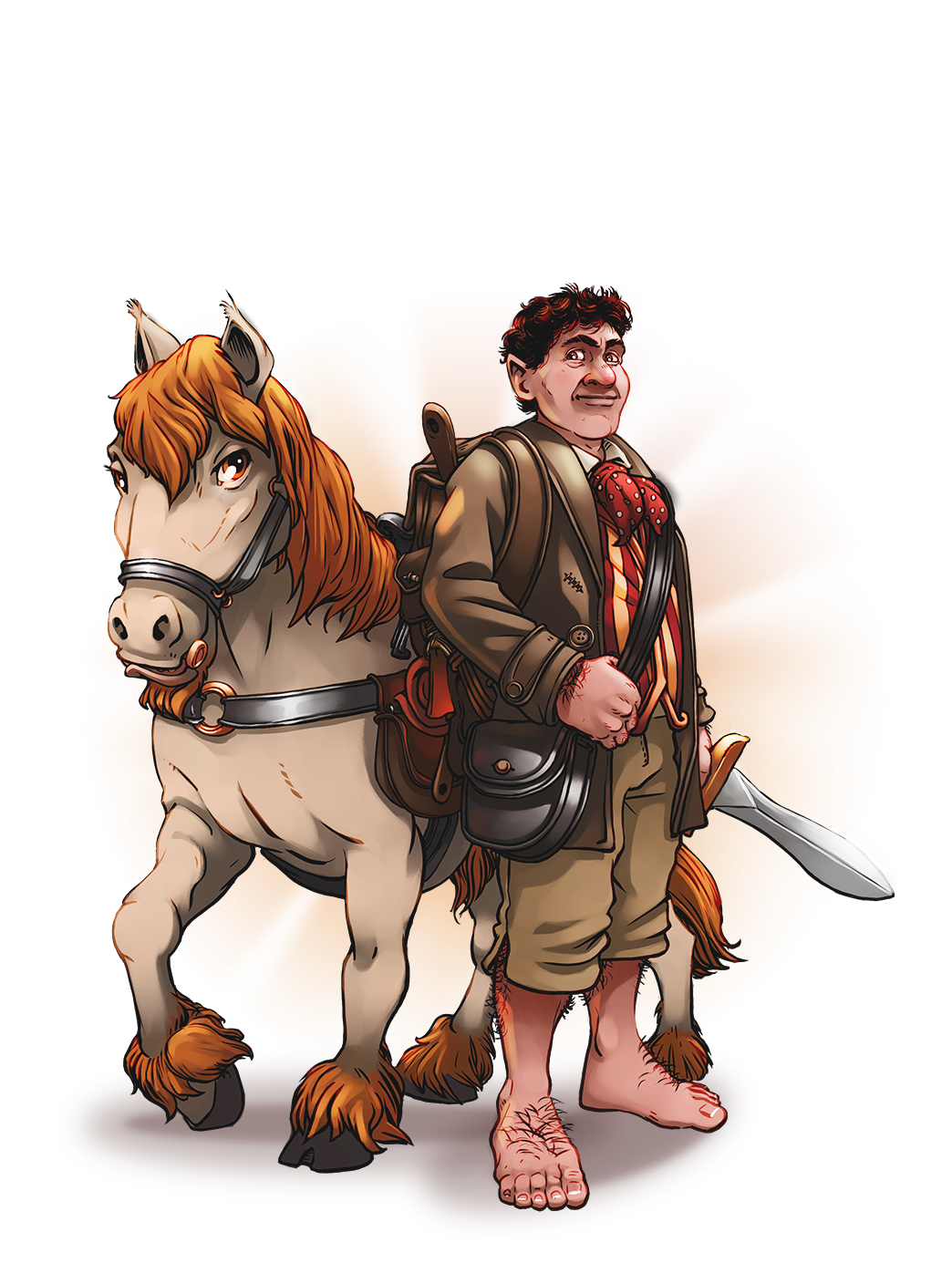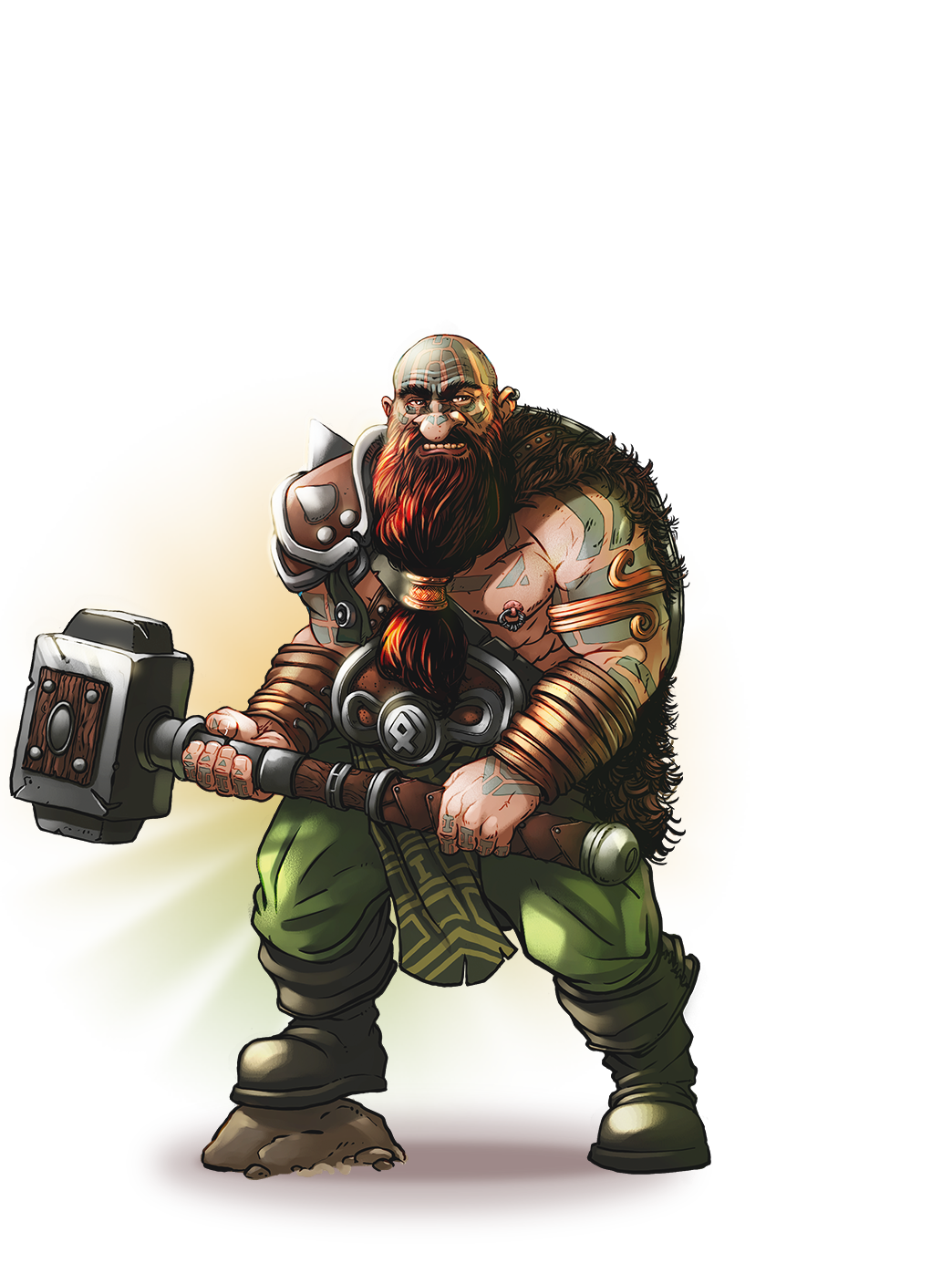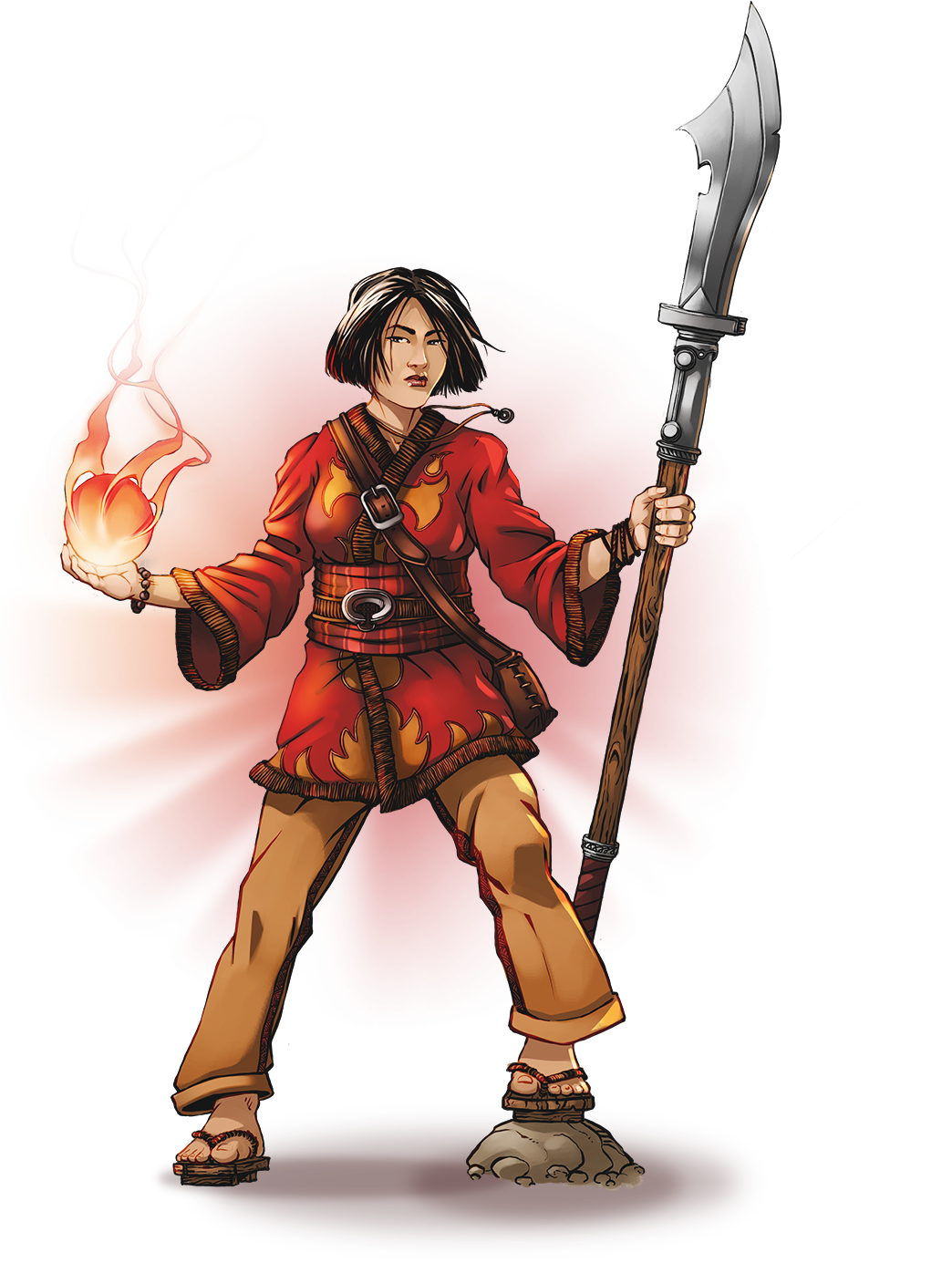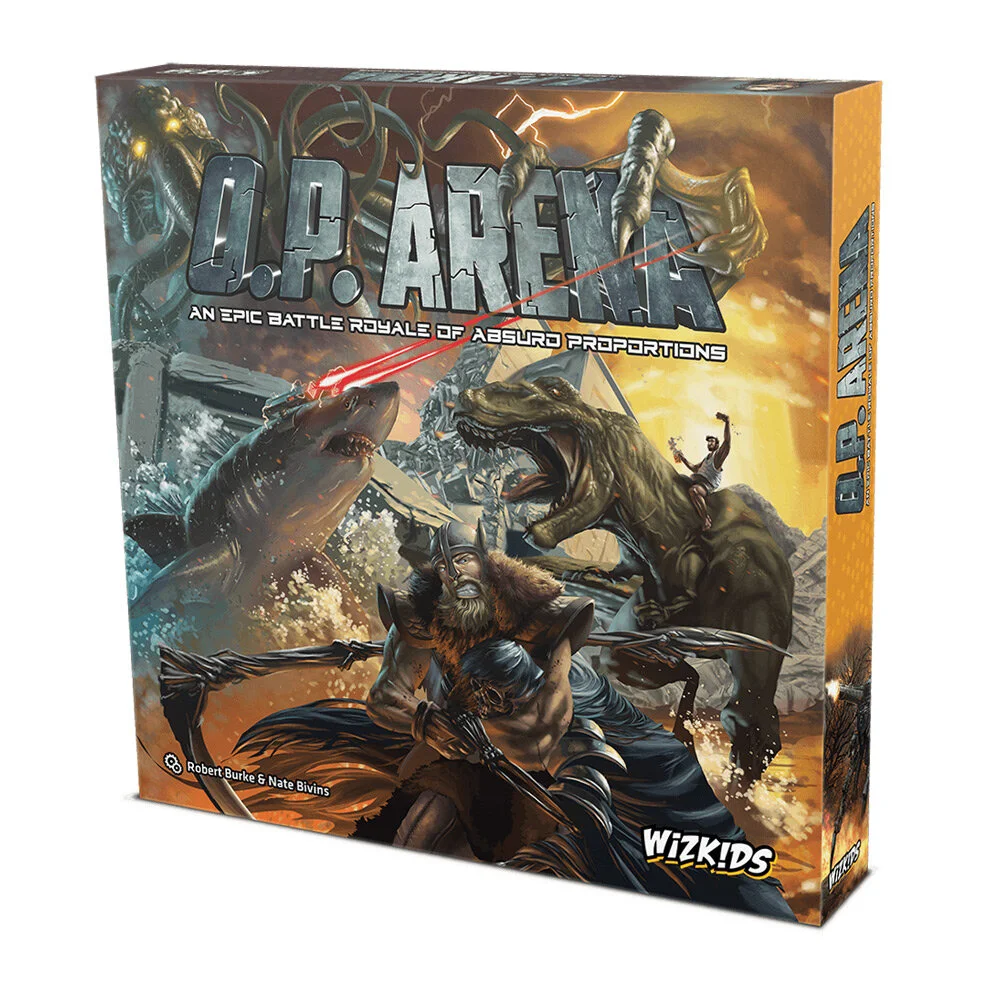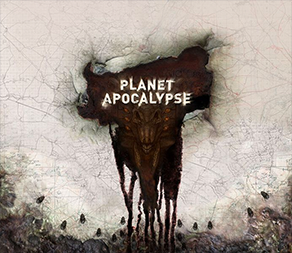Review copy provided by Asmodee
Antoine Bauza, the designer behind popular board games 7 Wonders and Hanabi, has developed a new tabletop adventure that distinguishes itself from his previous creations with regards to complexity and theme.
Last Bastion is a brutal cooperative experience that pits players against the game. Victory is dependent on coordinated strategy and determination. It’s a game that players will likely lose. Many times. But if the adventurers persevere, then they might be able to vanquish the evil that assaults the bastion and emerge triumphant from the embattled walls.
Bauza reimplements ideas and gameplay mechanics that he designed in Ghost Stories, but Last Bastion stands on its own as a complex and unforgiving strategy game where the enemies can quickly overwhelm the outnumbered heroes.
The Bastion of the Ancient Kings is under siege. Will players want to defend it?
STORY
A handful of heroes have just stolen the powerful relics of the Baleful Queen. Without them, the immortal sovereign is weakened; recovering them is now her sole purpose.
With the High Mages attempting to destroy them, the heroes have fallen back into the Bastion of the Ancient Kings, where they must defend the fort to the peril their lives.
Unceasingly, the hordes led by the Warlords besiege the ramparts. If this citadel falls, an entire civilization will be swept away, and an entire world will fall into chaos...
The story and theme of Last Bastion are central to the gameplay experience. When moving from hero to hero in the ever-deteriorating conflict, it truly feels as if a horde descends in waves upon the ramparts. The Baleful Queen. The High Mages. The Warlords. The horde. The forces working against the heroes are substantial.
It’s an engaging fantasy setting that persists throughout the game. You sense the growing threat of the darkness when the Grasp of Evil figures appear on the board. Players recognize the growing numbers when waves of orcs, bandits, and monsters approach the walls of the bastion.
While there are no narrative cards or story scenarios that allude to the game’s initial story or enhance the established lore, Last Bastion still succeeds in creating an atmosphere of dread and danger.
GAMEPLAY
The rules that guide gameplay are rather simple, but the strategy required to fend off the assault is not as straightforward.
Play alternates between two phases that activate with each hero.
The horde phase triggers the persistent abilities of monsters in play and either ushers new foes into the conflict or negatively affects the heroes if the boards are already full of monsters.
The hero phase enables the active player to move and to either utilize the ability of a bastion tile or attack the monsters outside the walls. Each hero also has a special ability that can influence actions during the hero phase.
Once you understand that pattern, you can easily play Last Bastion. The difficulty lies in understanding the most efficient and productive strategy to mitigating the damage wrought by the enemy while maintaining the health and strength of the heroes and the bastion.
There’s no denying it. Last Bastion is tough. Even for experienced board gamers. Even the Normal difficulty outlined in the rules might prove insurmountable at first. The bastion is comprised of nine tiles with specific abilities that can affect the state of the board, the heroes, and the attacking horde. These tiles can be immensely valuable to a hero on a particular turn. But defeating an enemy on a horde board can be just as important. Figuring out which action is the most valuable at any given moment is not easy.
At first. The more times you play Last Bastion—or the more times you lose—you’ll start to understand which heroes you like the most. There are eight of them from which to choose, and the maximum ever used in a single game is four. The bastion tiles are randomly placed in each game so studying where they are in relation to particular monsters is necessary.
The relationship between the heroes’ abilities, the bastion tiles’ abilities, and the horde cards’ negative effects is a tricky one. And it takes time and energy to learn, let alone master.
Symbols are an integral part of Last Bastion, and players will likely thumb through the rulebook frequently during the first couple of games before they become familiar with each hero's ability, bastion tile, and enemy effect.
Repetition is key. If you’re not interested in investing multiple playthroughs, then Last Bastion might be frustrating. The brutality and the steep learning curve are similar to games like Dark Souls or other punishing games. Players who are interested in overcoming a challenge and mastering the mechanics of a game will find comfort in Last Bastion.
It will all depend on the patience and vigilance of those playing.
VISUALS
Nastya Lehn and Pierô have done a fabulous job with the artwork; the game box, inserts, and components are equally impressive.
The main illustration on the front of the box reinforces the overwhelming opposition that the heroes face in Last Bastion. A hammer-wielding dwarf leaps into the fray as the paladin and archer cover him from the battlements. It’s an epic image and it properly reflects the atmosphere of the game.
The rulebook is an excellent example of instructions written with clarity and thoughtfulness. An additional pamphlet details the abilities of the heroes, bastion tiles, and horde, as well as the symbols on the dice and game boards. That attention to detail is supported by quality miniatures and sturdy tokens.
I’d like to take a minute to praise the box design here. It’s something that I dwell on a lot given the volume of games I’ve played and the infrequency with which I encounter well-designed boxes and inserts. Last Bastion has a place for everything. Components have bags. Cards and bastion tiles have deep slots, on top of which hero board and game boards nestle comfortably. And the miniatures are carefully stowed in a removable insert that fits snugly in one corner of the box. Everything fits. And everything will always fit. That’s beautiful.
REPLAYABILITY
Last Bastion has a lot of replay value precisely because you will not always win. It’s just a fact. If you’re beating the game regularly, advance to the next difficulty level. And you’ll stop winning as much. There are a lot of board games out there that are easy. That can be completed without difficulty and that will become stale after a while.
In a game where defeat is always right around the corner, Last Bastion should engage players in a fight to the death. And the likelihood of losing should increase your determination to thwart the Baleful Queen and come out on top.
WHAT IT COULD HAVE DONE BETTER
With only nine bastion tiles, it won’t be long before players know exactly how to navigate the bastion to win a game. If there had been more bastion tiles, it could improve the variability of the game.
Same with the horde cards. The same 50 horde cards are in every game. The Warlords are the only variable. All other monsters are constant.
It would have been nice to see more tiles and cards designed for the game so that each game might have different elements to explore and to master. There are eight heroes so that freedom of choice exists when selecting heroes. It would have been good to see that elsewhere in the game.
VERDICT
Last Bastion is not easy. And that’s okay. In fact, it makes me want to play it more so that I can beat it and be proud of the victory. I absolutely loved Bloodborne on the PS4, so seeing difficult adventures emerge in the board game world is exciting.
If you’re up for a challenge, then Last Bastion might be a game for you to try out. See if you and your friends can overcome the odds and defeat the darkness. If you’re intimidated or discouraged by games where losing is a definite possibility, then this may not be the game for you.
